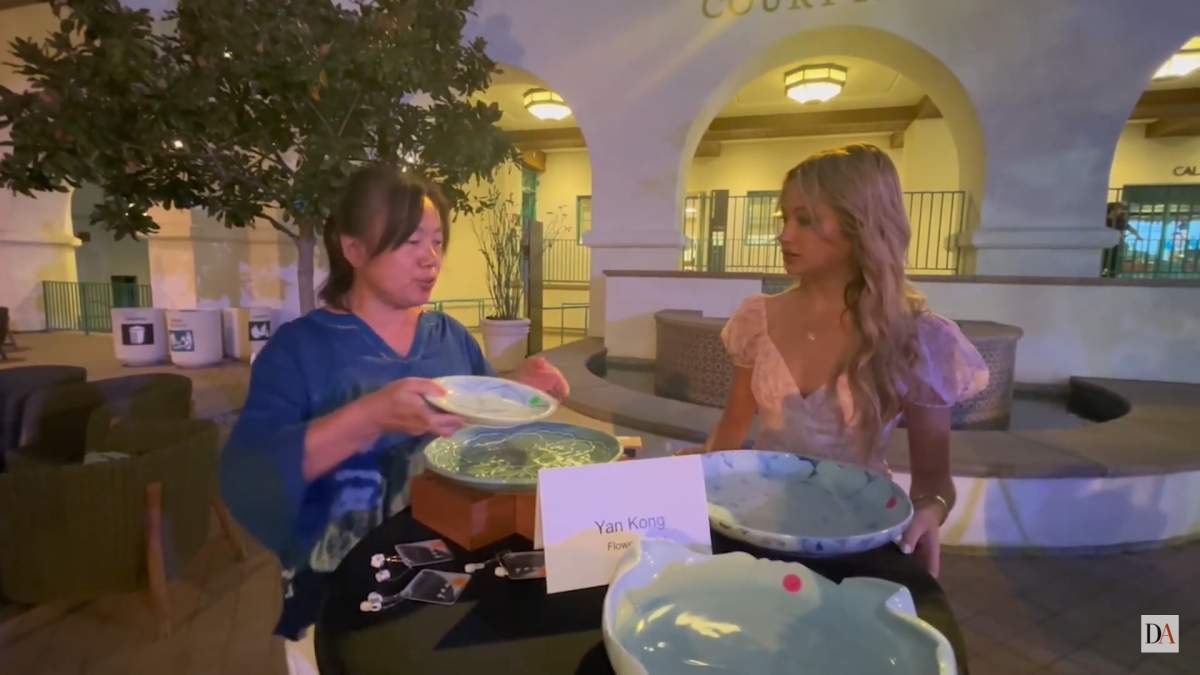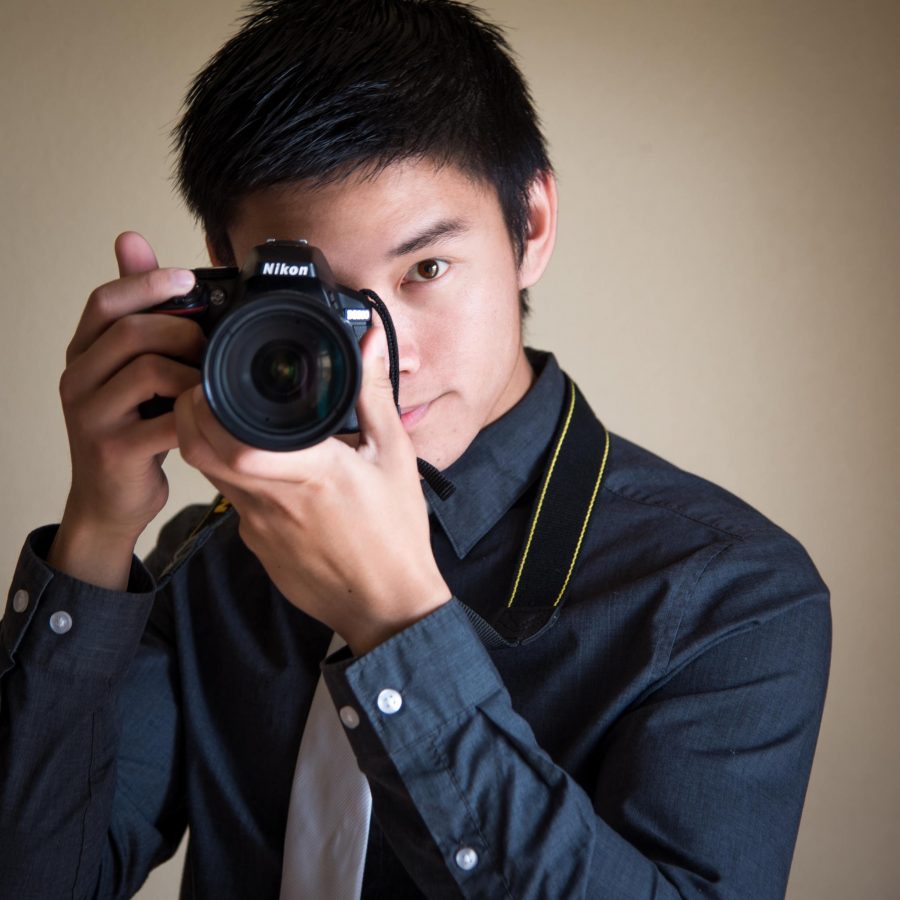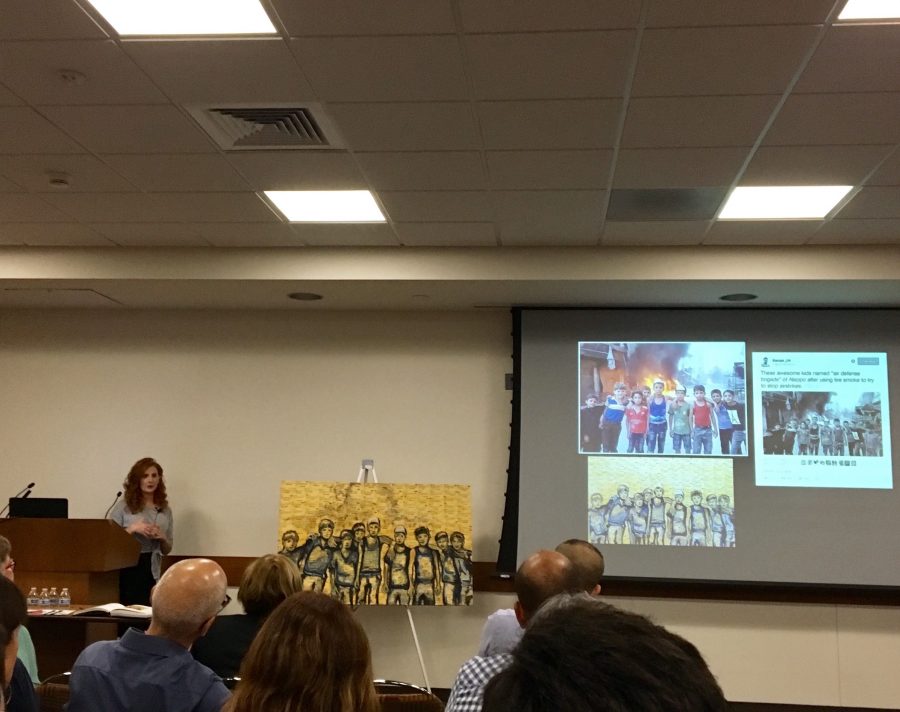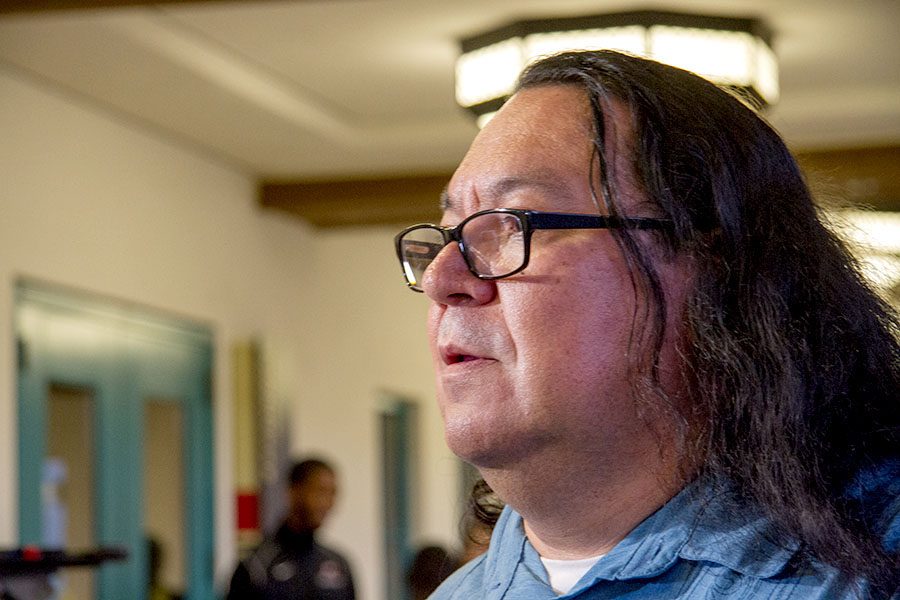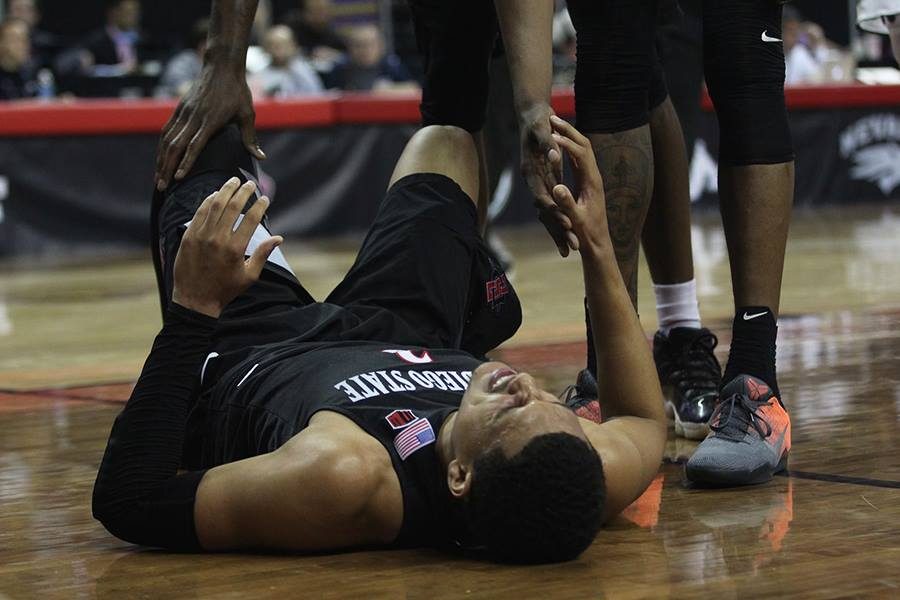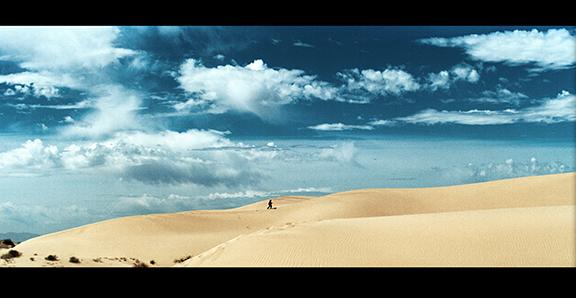 Moviegoers and film enthusiasts gathered last Thursday and Friday night for the Emerging Filmmaker Festival in the Don Powell Theatre. Thursday’s screening showcased 14 short films that garnered both laughs and cringes from the audience.
Moviegoers and film enthusiasts gathered last Thursday and Friday night for the Emerging Filmmaker Festival in the Don Powell Theatre. Thursday’s screening showcased 14 short films that garnered both laughs and cringes from the audience.
Filmmaker and San Diego State Professor Greg Durbin curates the festival, along with other faculty members, who must narrow the six to nine hours of submissions to about a three-hour screening of the most worthy short films.
Films were selected based on a number of criteria including originality, festival worthiness, technical execution and narrative sophistication.
“Originality stands tall on the list of considerations,” Durbin said.
The festival began with a lighthearted comedy called “What Goes Bump In The Night” from 2012. The student who created the film has since begun his career as a professional cinematographer in Los Angeles and San Diego.
In the film, a young child is having vivid nightmares of puppet-like monsters that surround his bed, so he runs to find salvation in his parents’ room. Unfortunately for him, he finds something more frightening than monsters: his parents are having sex in the bedroom. This drew laughs from the audience and got the festival ball’s rolling as it began introducing more serious films.
The fourth film was “Art Slave,” a stylistically unique film, the majority of which is shot using “stop motion,” giving the film an animated look. Stop motion is a way of capturing movement using consecutive still frames instead of rolling the camera.
The main character in “Art Slave” is a broke artist who becomes hypnotized by money. The greed grabs ahold of her life until she essentially goes crazy and in the last scene, ends up in a mental hospital, painting the horizon in a serene field.
“One Day” was a survival film shot in a vast sandy desert by SDSU cinematographer Ben Brahem Ziryab and seven other crewmembers. The eight-person crew spent four consecutive days living in an RV in the desert in order to experience the extreme weather conditions that the main character in the film is trying to escape, and to capture the stunning imagery that made the film stand out visually.
Ziryab is one of SDSU’s most talented cinematographers, according to Durbin. Ziryab showed another film in the festival called “Wake.”
“Wake” is about a mystical wired cap that seems to send whoever wears it into an alternate world, but leads to one woman’s untimely death. Her lover tries to escape into this metaphysical dream world to save her, but the audience is left with an ambiguous ending that doesn’t have an explicit resolution.
“We wanted the film to have the fluidity of music,” Ziryab said of “Wake.”
Other films included a rhythmic, experimental documentary that revealed the uncertainty of time, a horror story of a murderous barber who sacrifices a customer’s life in order to remove her scalp with the hope of resurrecting his true love, and a comedy short with hints of the type of humor prevalent in Superbad, about corrupt cops who get themselves into an ironic predicament involving a pothead who accidentally shoots himself in the face.
Festivals like these are able to give student filmmaker’s exposure and a hands-on experience close to what their futures may entail while pursuing a career in entertainment.
Because typical short films can cost anywhere from $500 to $5,000, many students carefully design pitches to a jury of industry professionals with the goal of receiving monetary rewards that they can then use toward production costs.




